Masonic jewelry holds a unique allure that extends far beyond the confines of the Freemasonry brotherhood. The iconic square and compasses symbol and other mason symbols resonate with a broader audience, drawing people into the mystical Freemasonry world. These symbolic pieces of jewelry not only serve as expressions of personal style but also carry a deeper, hidden significance that reflects the principles and values of the fraternity. In the following sections, we will shed light on some of the prevalent symbols commonly found in Masonic rings and Masonic lodges.
Why Does Masonry Use Symbols?
Symbols lie at the heart of Freemasonry, and they serve as the very essence of our ancient and revered fraternity. These symbols have the profound significance of shaping the character and principles of Freemasons.
Many symbols such as the masonic blazing star act as communication vehicles, transcending language and culture barriers. These masonic symbols convey profound truths and moral lessons, allowing us to contemplate their meanings and internalize their teachings. The simplicity and universality of symbols make them effective tools for imparting complex ideas.
Moreover, symbols create a sense of unity and brotherhood among Freemasons. When we recognize the same masonic symbols, we acknowledge our shared beliefs and values, regardless of our diverse backgrounds. This shared symbolism fosters a sense of belonging and kinship within the fraternity.
The Meaning Behind Masonic Symbols
Masonic symbolism appears to permeate various aspects of life, often in inconspicuous places. In a similar vein, the profound significance behind these symbols might elude many, extending beyond the mere desire of Freemasons to imprint their presence on everything they construct or influence.
10 Most Common Masonic Symbols
1. The All-Seeing Eye
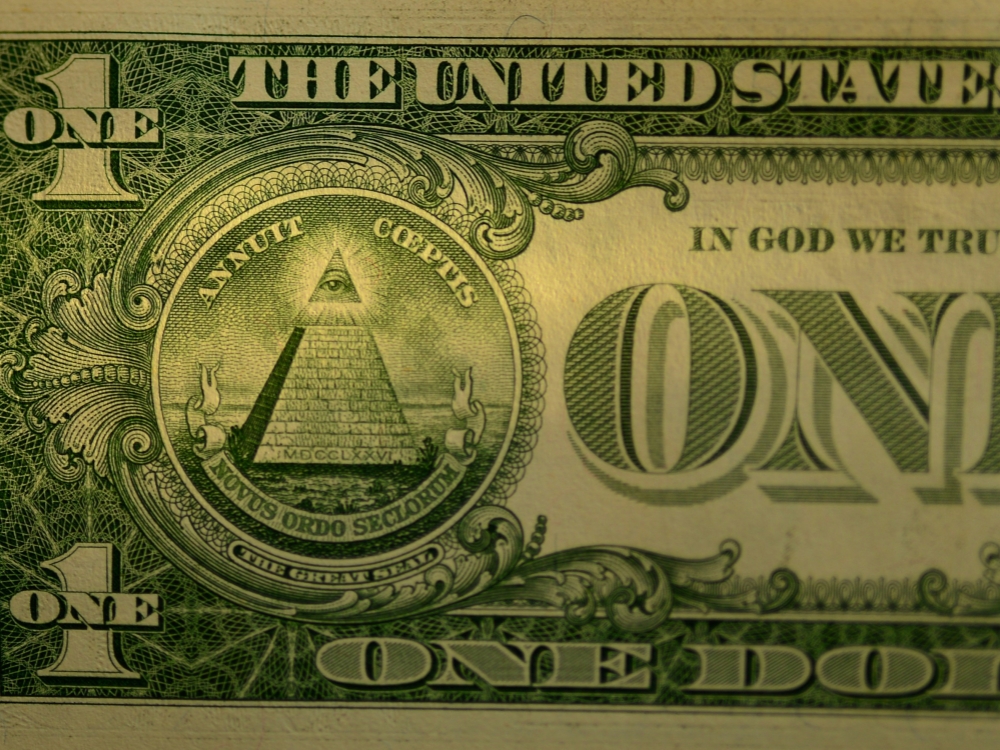
The all-seeing eye, also known as the Eye of Providence, portrays an eye enclosed within a triangle and illuminated by a radiant halo.
In contemporary times, the Eye of Providence is closely associated with Freemasonry. It became a significant part of Freemason iconography when it was incorporated in 1797 within The Freemason’s Monitor publication. The masonic eye acts as a constant reminder that human thoughts and actions are under God’s observation.
2. Masonic Square and Compasses
The Square and Compasses stand as the most widely recognized symbols in Freemasonry, surpassing even the All-Seeing Eye in prominence. Their meaning is straightforward and literal, with the square representing morality. Freemasons are reminded to square actions by the square of virtue with all mankind, emphasizing the necessity of aligning their conduct with ethical principles.
The compass represents the ability to conduct actions within defined boundaries. In essence, it reminds Freemasons to pursue their desires and passions while adhering to the parameters of moral behavior.
These architect’s working tools are used in masonic ritual as emblems, imparting symbolic lessons. While some interpretations view them as guides for ethical conduct, the varied interpretations within Freemasonry reflect its non-dogmatic nature.
3. The Masonic Letter G

The letter ‘G’ holds a significant place within masonic symbolism, but its precise meaning has been a subject of debate. Some argue that it represents ‘God’ and ‘Geometry,’ emphasizing the spiritual and mathematical aspects of Masonry. Others suggest that it symbolizes ‘Gnosis,’ which signifies the knowledge of spiritual mysteries, a fundamental element in Masonic teachings.
Furthermore, there is an intriguing connection between the letter ‘G’ and ancient Hebrew, where its numerical value is three, closely linked to the concept of God throughout history. ‘G’ can also be associated with the letters ‘four’ and ‘five’. The ‘four’ symbolizes ‘YHWH,’ the Hebrew name for the Master Architect of the Universe, pronounced as ‘YahWay’ or Jehovah. On the other hand, ‘five’ represents Geometry, the mathematical foundation of Masonry and Architecture.
Although the exact origin of the ‘G’ within the Masonic square and compass symbol remains uncertain, it was incorporated between 1730 and 1768 in the United States. Notably, not every masonic jurisdiction worldwide includes the letter ‘G’ within this emblem, reflecting the diverse interpretations and traditions within Freemasonry.
4. Acacia Tree
The Acacia tree, a genus encompassing 160 species of trees and shrubs, is native to tropical and subtropical regions worldwide. These versatile plants have played a crucial role in human history, offering a myriad of applications.
The Acacia tree’s durability has long been associated with immortality in ancient history, with Hebrew people using it to mark graves. This symbolism aligns with masonic beliefs in the afterlife, where the Acacia Tree represents the enduring and immortal soul.
5. Masonic Gavel

The Masonic Gavel, one of the important masonic symbols, bears two distinct meanings. Firstly, it symbolizes the authority held by the Freemason who wields it, akin to how a judge employs a gavel to assert control and maintain order. The Master of the masonic lodge utilizes it to emphasize his executive power and regulate the assembly’s proceedings, ensuring structured and purposeful outcomes.
Secondly, the gavel means to cast away personal vices and refine their moral and spiritual character. This metaphorical usage harkens back to the operative stonemason era when the common gavel was employed to shape rough stones to fit perfectly into place. In speculative masons, it signifies the endeavor to cleanse the heart and consciousness of life’s excesses. Also, it encourages individuals to mold themselves into spiritually refined beings.
6. Cable Tow
Attached to a Freemason’s robe, it signifies their commitment to aid a fellow Brother to the extent their cable tow allows. The cable tow’s length is paramount; it quantifies the capacity to assist a fellow Freemason. The precise definition of ‘length’ in masonic rituals remains somewhat elusive.
Historically, the cable tow was approximated as the distance one could traverse within an hour, equating to roughly three miles. It underscores the masonic principle of mutual support and assistance, highlighting the importance of helping one’s brethren to the extent of one’s capabilities, as symbolized by their cable tow’s length.
7. Anchor and The Ark
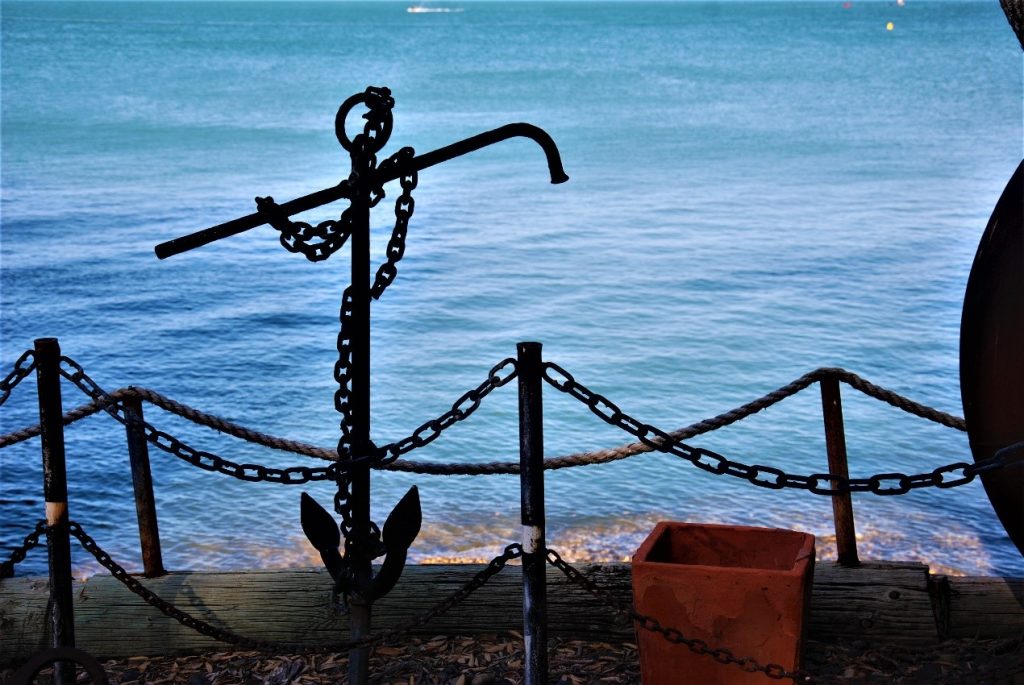
The anchor symbol, often associated with Christian symbolism, has found its place within Freemasonry with a similar, yet distinct meaning. It stands as a representation of hope and a sanctuary during turbulent times, much like its Christian connotation.
For Freemasons, the anchor and ark take on profound significance, symbolizing a life well-lived and steadfast hope that transcends worldly challenges. The Masonic anchor, an emblem of hope, was originally discovered on tombs within the catacombs of Rome. It is thought to be inspired by the teachings of the Apostle Paul as found in Hebrews.
The ark, symbolizing life’s voyage, holds a universal meaning, transcending religious boundaries. It’s conceivable that the ship as a representation of life was adopted by both Christians and non-Christians alike. This duality of meaning in the anchor and ark serves as a testament to the shared human yearning for hope, stability, and inner peace on life’s unpredictable journey.
8. 47th Problem of Euclid
The 47th Problem of Euclid, also known as the Pythagorean Theorem, holds a unique place in Freemasonry, representing a profound concept. This symbol, composed of three squares, goes beyond its geometric origins. In everyday life, it serves as a reminder to ‘square your square,’ emphasizing the need for order and harmony in one’s life.
In the context of construction, this principle is applied when laying foundations, ensuring that structures are built on solid, well-ordered ground. For non-Freemasons, it may seem enigmatic, but it carries a significant message. While many Masonic sources describe it as a symbol of a “general love of the Arts and Sciences,” its deeper meaning relates to Pythagoras’s Theory and the Masonic Square.
9. Masonic Apron
The Masonic apron holds a special place within Freemasonry, symbolizing the fraternity’s rich history and traditions. Derived from the tools and customs of operative stonemasons, this emblematic apron signifies a Freemason’s dedication to constructing their spiritual life’s temple. It also acts as a visual link to the ancient builders who laid the foundation for our fraternity.
For an Entered Apprentice, the unadorned white apron is a symbol of innocence and virtuous conduct. It emphasizes the pursuit of purity and integrity that Freemasons are encouraged to embody. Above all, a Freemason’s apron symbolizes his pride and unwavering dedication to the Craft and his fellow brethren.
10. Coffins
Coffins within the realm of Freemasonry can be quite versatile in their symbolism. Traditionally, they represent mortality, a reminder of life’s finite nature. Yet, their meaning can become less straightforward when associated with a Sprig of Acacia, which symbolizes immortality, or when adorned with a five-pointed star.
In a mason’s life, the coffin typically conveys the death of his/her previous life, symbolizing a profound transformation and the shedding of old beliefs and behaviors. This symbolic death is a prerequisite for embarking on the Masonic journey and embracing its moral and philosophical teachings.
Less-Well-Known Masonic Symbols
In Freemasonry, symbolism runs hidden, and deep meaning often lies within even the most unassuming of emblems. While many of us are familiar with the Square and Compass, some less-known symbols hold their significance within the craft. Let’s explore a few of these intriguing symbols.
1. Masonic Pillars
Within the Fellow Craft degree, candidates pass between two pillars on their symbolic journey to the Middle Chamber of Solomon’s Temple. These pillars, known as Boaz and Jachin, stand as guardians of the entrance, representing strength and establishment. Each pillar, with its unique name, carries its distinct meaning. Boaz symbolizes “in strength,” while Jachin signifies “to establish.” Together, they remind Freemasons of the importance of fortitude and stability in both their Masonic journey and their personal lives.
2. Beehive
Bees have long symbolized hard work and teamwork. The beehive, particularly fascinating to Masons, signifies industry, cooperation, and the harmony that emerges from the collective efforts of individuals. The honeycomb’s perfect geometric structure reflects the organization and unity within Freemasons, where members work together to build a better world.

3. Plumb
The plumb is a simple yet profound symbol often overlooked. It consists of a string and a weight at the bottom, known as a plumb bob, and is used to determine verticality in construction. Beyond its practical use, the plumb represents much more in the Masonic context. It serves as a symbol of justice, rectitude, uprightness, equity, and truth. Just as the plumb line always points both to the center of the Earth and to the heavens, Masons are reminded to maintain moral and ethical equilibrium in their actions and dealings.
4. Level
The level, similar to the plumb, is a tool used in construction to measure the horizontality of surfaces. In the Masonic context, it symbolizes the level of time upon which we all live our lives. It emphasizes that, regardless of differences in status or station, all Freemasons are equals and should conduct themselves with fairness and equality.
5. Handshake
The symbol of two hands shaking holds a profound significance, representing the grip or token of a Freemason, a unique way for members to recognize one another in silence. The handshake signifies the bonds of brotherhood, trust, and the shared commitment to Masonic principles.
Conclusion
Symbols are the unspoken language that transcends time, culture, and boundaries. Each masonry symbol carries profound meanings that go beyond mere aesthetics. These symbols act as vehicles for conveying moral and philosophical lessons, forging unity among Freemasons, and encouraging the pursuit of knowledge and ethical conduct.
They serve as guiding lights on the Masonic journey toward personal and moral development, making the world of Freemasonry a realm of profound wisdom and universal brotherhood.
Georgia
Georgia is passionate about the realms of fashion, jewelry, and lifestyle.Her love for these topics has shaped her writing career. She is committed to creating engaging and informative content that resonates with readers from all walks of life. Together, embark on an inspiring adventure!
2 Comments
Leave a Reply Cancel reply
Recent Posts
How to Style Flared Jeans for Any Vibe
12/18/2025Your Goth Christmas Style Guide
11/25/2025Categories
Related Articles
Acubi Fashion: The Ultimate Guide to the Minimalist Edgy Look
In the fast-moving world of digital trends, fashion cycles seem to refresh...
ByAlicia12/25/2025Moss & Misdemeanor: Fairy Grunge Style and Outfits
The fashion world constantly mixes ideas to create new, unique looks. The...
ByAlicia11/18/2025Cybergoth Aesthetic
The alternative landscape is constantly evolving, but few aesthetics hit as hard...
ByAlicia11/11/2025How to Prepare for the Coming Halloween
The air is getting cooler, and the leaves are changing color. This...
ByAlicia09/24/2025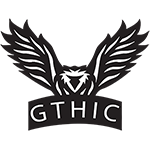

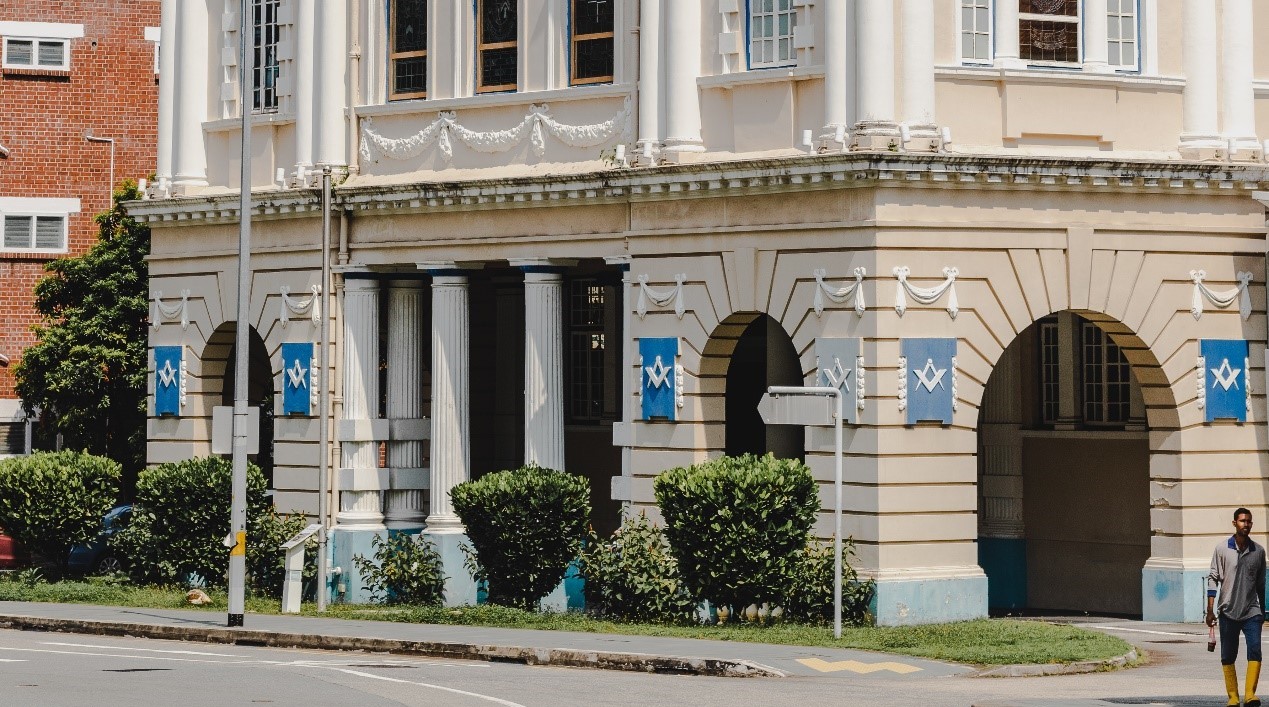










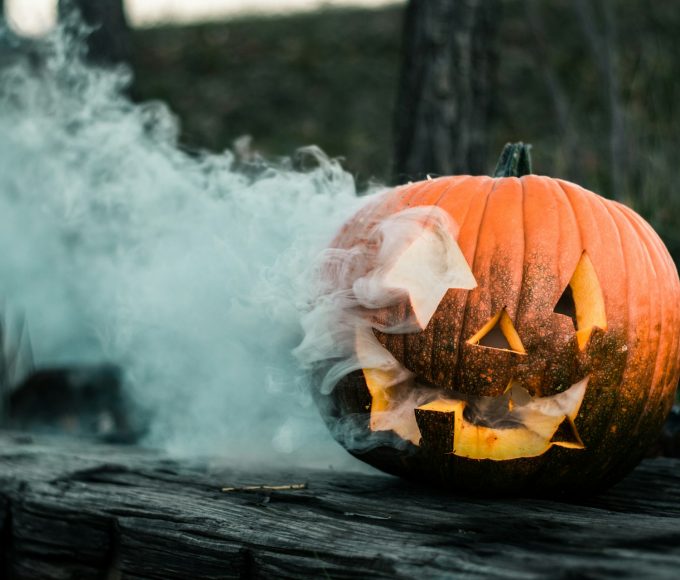
voluptatem voluptas natus ullam ut excepturi repellendus enim omnis blanditiis dolorum ut alias impedit dolores qui ad. voluptatem laudantium tempora quam reiciendis qui iure eligendi impedit ut repellat minima consequatur nihil. est quod consequatur optio recusandae rem ea. velit sit est in quisquam aliquam incidunt ratione eius et. eius aut itaque quisquam voluptatem ut aut in voluptatum sed iusto quos animi sunt nihil et consequatur veritatis.
Good info. Lucky me I reach on your website by accident, I bookmarked it.